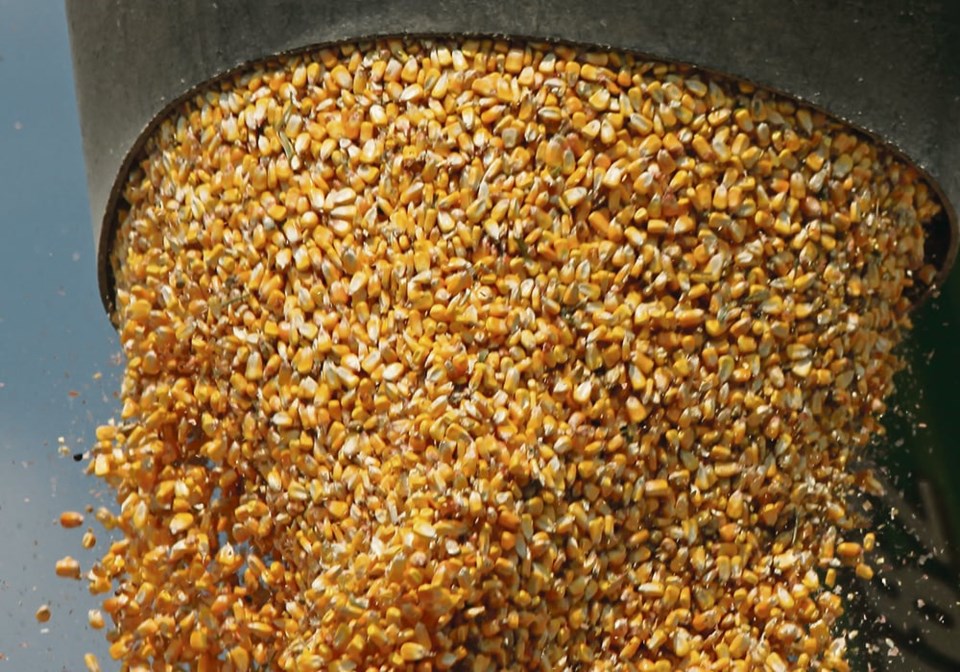SASKATOON — Grain crops are off to a nice start in one of the major exporting regions of the world, but weather challenges could lie ahead.
Three-quarters of the United States corn crop was rated good to excellent as of June 2. Spring wheat is one percentage point lower at 74 percent good to excellent. Both of those ratings came in five percentage points above trade expectations.
The winter wheat crop was 49 percent good to excellent, up from 36 percent at this time one year ago and one percentage point above trade expectations.
Soybean ratings were not available, but some analysts are forecasting slightly above average yields for that crop based on how early it was planted.
The U.S. is the world’s biggest corn exporter and the fifth largest supplier of wheat to global markets, so it plays a major role in setting the overall tone for grain prices.
But the good start could be mitigated by hot and dry conditions forecast for the western corn belt starting in late June and extending through the remainder of the growing season, said Drew Lerner, president of World Weather Inc.
The areas most favoured for harsh conditions include Kansas, Missouri, southwest Iowa, Nebraska, western Illinois and parts of the Mississippi Delta.
Lerner said it won’t be as hot during the summer as he was originally forecasting.
“We have had so much rain that there’s going to be feedback moisture for a while,” he said.
That will keep a lid on the heat, but temperatures will still be above average throughout most of the Plains and the western corn belt.
He worries about corn yields in those regions because hot and dry conditions will occur during the crucial reproduction phase of crop development.
Yield losses in the west will be partially offset by favourable crop conditions in the eastern corn belt, but they could still end up a few bushels per acre below normal.
Soybean crops could fare even worse because the critical period of development for that crop occurs in August, when hot and dry conditions will be even more pronounced.
Winter wheat yields have already been set. A recent crop tour of Kansas and portions of Oklahoma and Nebraska came up with an average yield of 46.5 bushels per acre, far exceeding the USDA’s Kansas estimate of 38 bu.
Lerner said crops look good in Nebraska, northern Kansas and northeast Colorado, but lost some yield potential in central and southwest Kansas, extending into the Texas Panhandle and western Oklahoma.
The market seems to be concerned about too much rain over the next few weeks affecting crop quality for the winter wheat crops in Oklahoma and Texas.
“I don’t think that is going to be the case,” said Lerner.
He believes the crop will dry down in time to avoid quality damage.
Summer precipitation is expected to be better in the Dakotas and Minnesota than it is in the western corn belt and southern Plains.
“I think spring wheat has a lot of potential both in the U.S. and in Canada,” he said.
Manitoba and Saskatchewan should see timely rains. Even if the rains are lighter than usual, wheat crops will be able to handle it due to good early-season development.
Contact [email protected]

